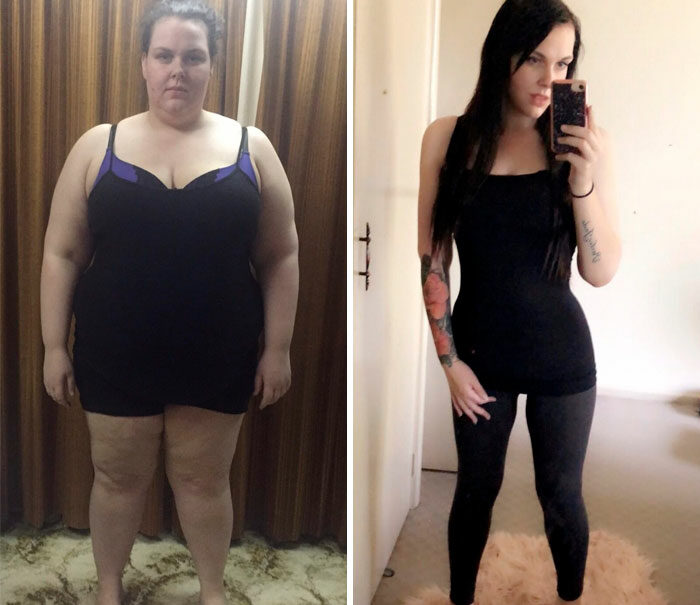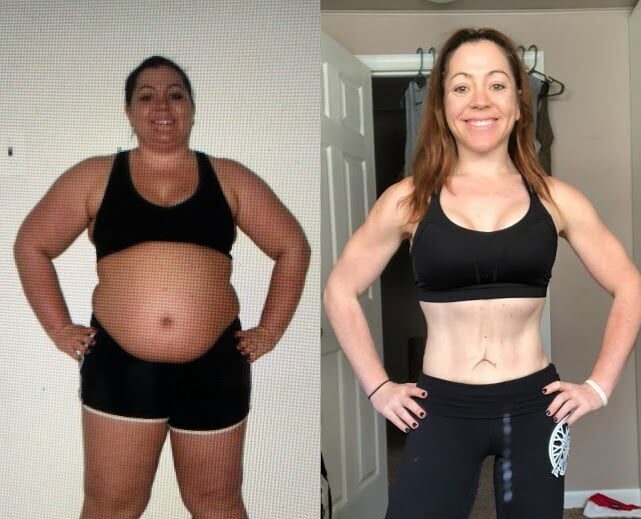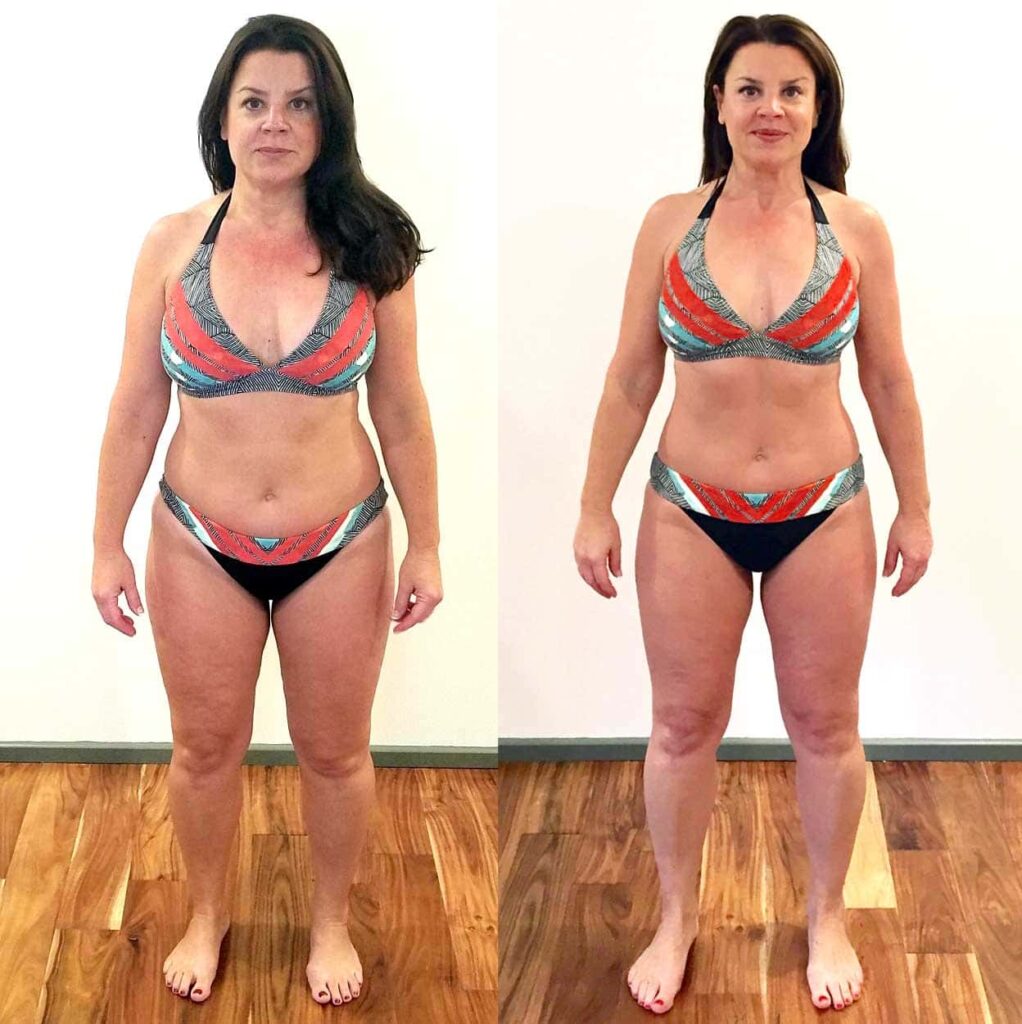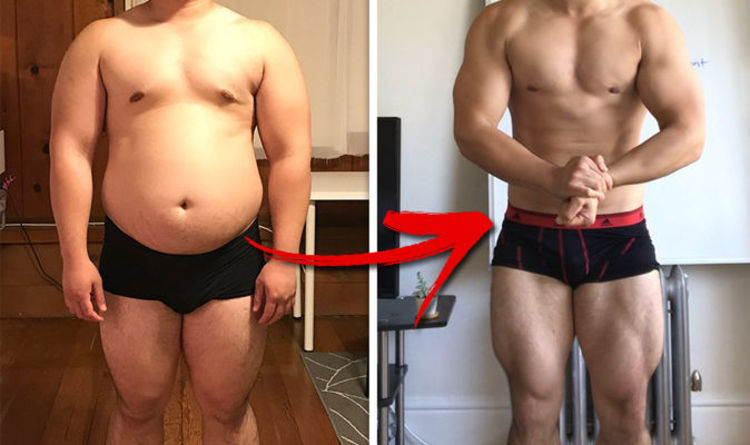Childhood obesity has quickly become an epidemic in America, but luckily the one thing that is good about childhood obesity is that it’s reversible.
Obesity has been found to be linked with many other health complications that appear only later on in life. These include low self-esteem and severe depression as well as some other disorders like sleeplessness and anxiety. It also increases the risk of heart diseases, high blood pressure, high cholesterol, diabetes, asthma, and sleep apnea by a considerable amount.
According to the American Heart Association, there is an 80% chance that obese children will remain obese for the rest of their life.
Therefore, parents can cure their loved ones of their sickness, and in return, can also help themselves and or other family members who are also a tad bit overweight.
What Causes Obesity In Children?
Though general genetics could be playing a role in some kids, lifestyle is the main issue.
Although in no way is that a bad thing, as every day you have the chance to eliminate the possibility of obesity in your family. And if you have an opportunity, ask your child’s doctor if anything other than lifestyle could cause obesity in your child.
How Can I Combat Obesity In My Child?
If you’re looking for a way to reverse obesity in your child, then have no fear, as we have collected five effective ways from which you can eradicate the danger of obesity from your precious child or loved one.
1. Know Your Child’s BMI
First, you should make sure you know your child’s Body Max Index (BMI) to tell if your child is at a healthy weight. Popular with doctors, this tool uses your child’s height and age to accurately determine if your child is healthy, underweight, overweight, or obese.
From there on, you can depict what your next move should be to ensure the health of your child.
2. Eat and Drink Healthier
Suppose you allow your children to develop healthy eating habits. In that case, it’s more likely that they would still follow those habits as they grow up into adolescents and adulthood, enabling them a healthy lifestyle and excellent health.
Healthy foods can include fresh, whole foods like fruits and vegetables, whole grains that could also have:
- Whole-wheat bread and pasta;
- low-fat dairy;
- lean proteins like beans, tofu, nuts, and fish;
- And not to mention, very little sugar, salt, caffeine, and processed food all can contribute to high blood pressure in children. Therefore, it’s best to cut them off from your child’s life.
There are several profits on why your child should eat the recommended five servings of fruits and vegetables each day.
Not only will they provide your little bundle of joy with the necessary vitamins and minerals, but they are also packed with fibers that fill them up, so they’re less likely to overeat. Fruits and vegetables also make for a great snack, so if your kid is still hungry in between meal times, then you can quickly whip something up.
3. Don’t Let Your Child Skip Breakfast
Breakfast is an important meal that kick-starts their metabolism, helps burn more calories, and prevents overeating later on in the day.
You should also closely monitor what they’re drinking as most kids tend not to drink much water, 4-8-year-olds have a goal of seven cups a day, 9-13 should have nine to ten cups a day, and teens need ten to fourteen according to the Academy of Nutrition and Dietetics.
You should also make sure to have your child far away from unhealthy drinks like soda, sports drinks, and juice drinks, as they tend to have loaded amounts of sugar. Mostly Try to stick with water and low-fat milk.
4. Get Active
Regular exercise tends to burn calories, builds muscle, and keeps the weight off the bay. According to the health and human department, children under the age of 18 should have sixty minutes of physical activity to stay healthy at all times.
Moderate exercises would be best, including jogging with the dog, bicycling, playing sports, or anything that requires them to break a sweat and increase their heart rate. Being active also enables your kids to spend time away from screens.
Children who have their eyes glued to screens are more likely to be obese than kids who don’t. So an excellent solution to that problem is to make time limits on how much time your child can spend in front of a TV, computer, and or phone when it’s not school-related.
5. Be a Good Role Model
Let’s admit it: whatever you do will have a significant impact on your children. As a parent, it’s your duty to set an example for your children and create a healthy mindset from home itself. You know your kid won’t resist seeing you eat that gooey pizza with extra cheese while you feed him steamed salmon for dinner.
Therefore, the first step to combating childhood obesity is to create a healthy routine for every member of the family to help make healthy eating a part of their life—rather than something they do to lose weight.
It’s always good to be a better example for your kids, so if you want your kids to have a healthier lifestyle, you should also get moving along with them. When kids see their parents working hard and breaking a sweat, they will also naturally want to get up to the challenge.
Conclusion
I would like to sum up the article with a quote by Monica Geller from Friends “Guys, rules are good! Rules help control the fun!” and this is what I want you to do with your kid. Sure, it won’t be easy. You may lose hope many times. But start tackling one problem at a time. If it’s unhealthy snack binging, replace all the unhealthy snacks with healthier ones. Lastly, create a checklist of the things mentioned above and aim to achieve each one every week.
This way, you can make the whole process less daunting and see a gradual improvement in your child’s health.






